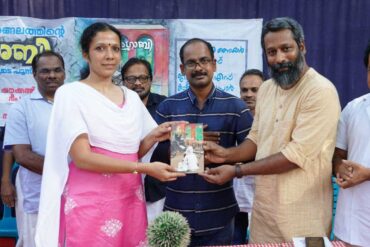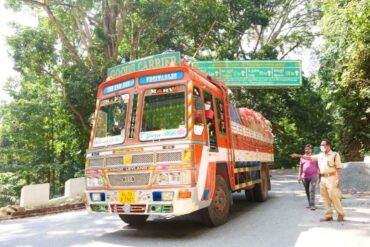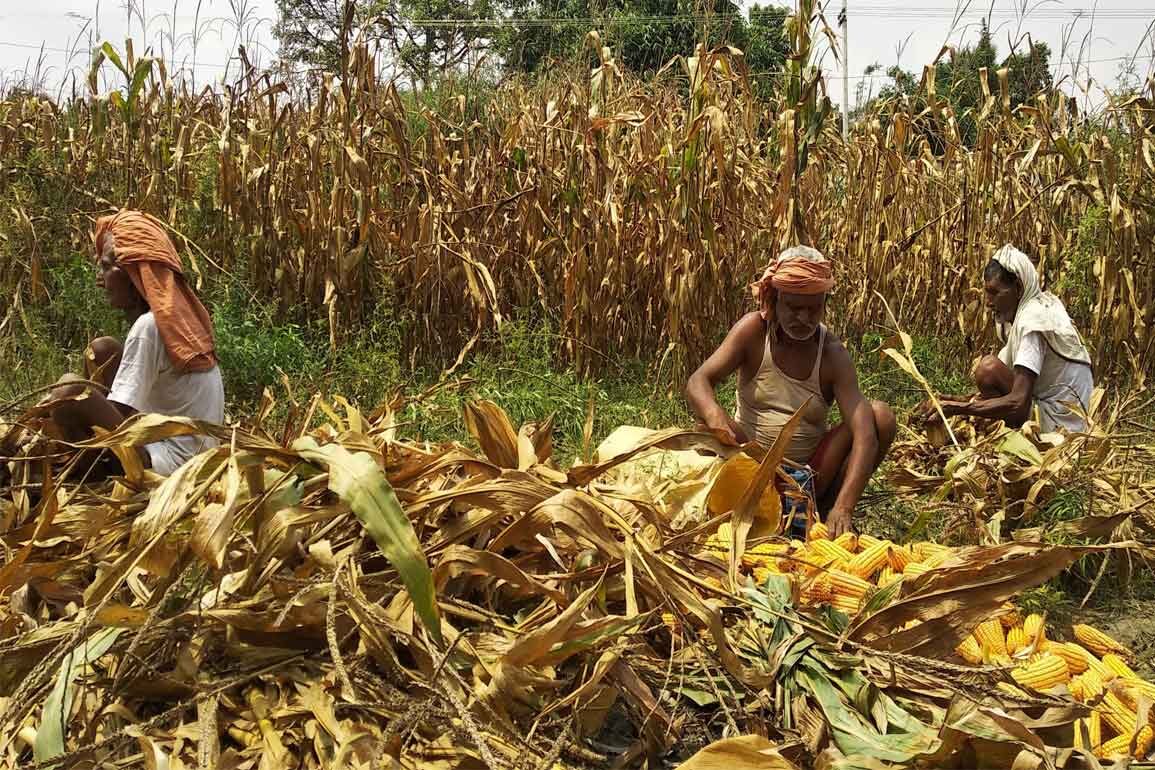The Covid-19 pandemic has badly affected livelihoods of labourers and farmers. The maize growers of Bihar is one such lot who have lost half their harvest to aberrant hailstorms and drop in prices are pushing them towards ruination. There are over 13 lakh farmers engaged in maize cultivation in the state. As per Udyog Mitra statistics, a unit of the Department of Industries, Government of Bihar, around 0.65 million hectares are presently under maize cultivation in the state, which is about 7 per cent of Gross Cropped Area (GCA) in the state.
The rabi crop season is over in Bihar and the maize harvest is coming to an end. The farmers expected to sell their yield at a reasonable price hoping to recover their inputs. But farmers across Bihar have started feeling the blow as prices are on a downward spiral due to the Covid-19 lockdown. One area that needs urgent cash relief is agriculture where farmers are facing crashing farm prices. True, the supply of food items and raw materials remain uninterrupted but that does not necessarily mean that all is well on the ground for the farming community.
Bihar with an annual production of around 27 lakh tonnes is the second biggest maize producer in the country. It has 4.30 lakh hectares under this crop. The stretch from Purnea, Katihar and Bhagalpur to Madhepura, Saharsa, Khagaria and Samastipur, north of the Ganga and on either side of the Kosi–emerged as a corn belt. In the flood-prone areas of Kosi and parts of Seemanchal, rabi maize became the major crop.
The bumper rabi crop puts the country’s maize yield in a considerably good position on the world map. India now produces 8.22 out of 28.09 million tons of the annual output in the rabi season alone. The Agriculture Department sources are anticipating rabi maize yield to touch 1.02 million tons this year and Bihar contributes 20 per cent of the national rabi maize production. At Asia’s largest maize trading centre at Gulabbagh in Purnea district the selling price of maize around Rs 1100-1200 per quintal.
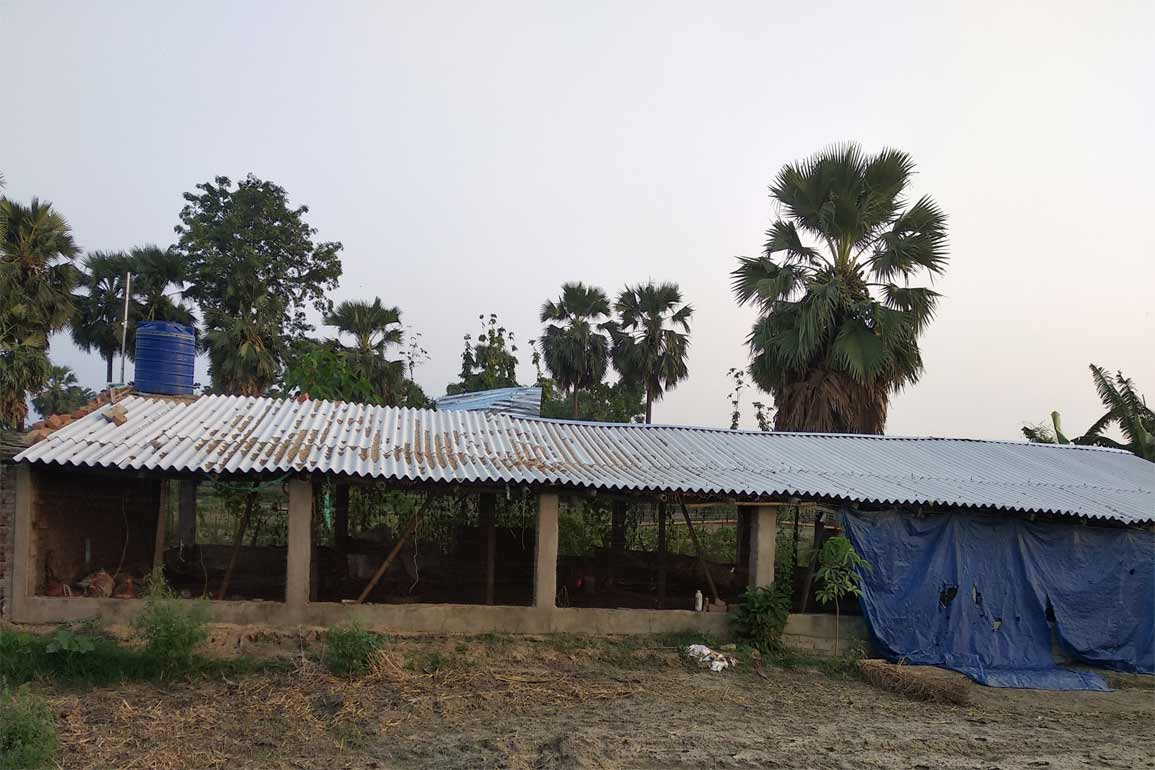
A trader talking to The Kochi Post explained that the crippled poultry sector due to Covid-19 pandemic had affected the price of maize. The demand for maize crashed mainly due to the lack of demand from the poultry sector, livestock sector and food processing industry. This has acted as a big roadblock for farmers despite good yield. The farmers with heavy heart are compelled to sell their crop at a low price. Moreover traders are not in a position to purchase it from growers at higher rate due to closed processing units of maize.
For Chhatthu Rai, 72, a small farmer based in Misrauliya village, East Champaran district, maize harvest did bring immense pain instead of relief. Talking to The Kochi Post he said: “Even after an abnormal hailstorm and rain, the crop yield was satisfactory but selling it at meagre rates poses a challenge both for the upcoming kharif season and their livelihoods.
Notably, there is provision for Minimum Support Price for maize grains, but at present there is no procurement by the State agencies. Unlike paddy and wheat, which the state government procures directly from farmers through Primary Agriculture Credit Societies (PACS), it does not buy maize. Hence, there is no state support for maize growing farmers.
Rajesh Shah, 43, of Samastipur district pinned all his hopes on good price return from bumper yield this year but that is unlikely to happen. According to him, maize growers are no more in a position to bargain and with kharif sowing season at their doorstep, the crop is being sold at a pittance.
With the maize processing industry closed for two and a half months, and the low demand for poultry feed (maize content is high) led to the plummeting of the current price. The closure of poultry farms have undeniably played a role for under-cutting of the price which is now going at Rs 700/quintal.
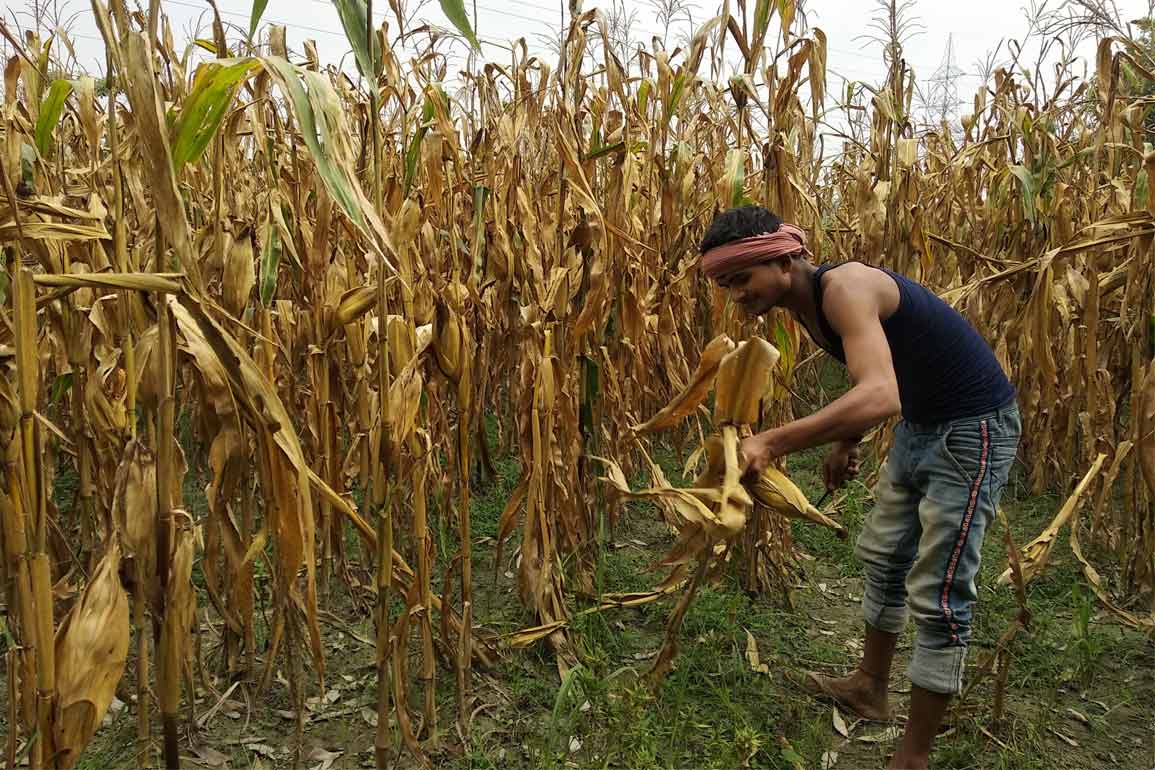
Sanjit Kumar, 22, of Motipur block Muzaffarpur district told The Kochi Post that his family will certainly struggle to plant during the kharif season as the maize yield did not fetch the required returns. As sharecroppers we have got only 2.5 quintals i.e. 250 kgs of maize which costs Rs 2,750 and approaching kharif season requires seed purchase, ploughing the fields, irrigation and sufficient fertilizers—all this involves a cost. If any of these face scarcity, paddy crop planting will get affected he further added. The kharif crop success also depends on our income from the maize sale.
With some relief in lockdown measures, immediate reopening of poultry sector is an urgent requirement so that the economic burden will be eased as maize trading chain has been disrupted. The farmers mentioned that non-availability of a fair price is the biggest constraint in expanding agricultural output.
Underrated Crop
Maize cultivation has been overwhelmingly practiced by farmers across state especially in Seemanchal and Kosi region but the intra-state processing facilities remain sick which paves the path for Bihar’s dependence on other states. Productivity of maize in Bihar is 2541 kg/ ha, which is far greater than the all-India average productivity of 1907 kg/ha. In the absence of adequate processing facility, the huge marketable surplus of Bihar, especially in rabi season depends completely on other states for its consumption. As a result, more than 80 per cent of Bihar maize goes outside the state for processing depriving it of value addition and higher income for the people. The maize crop is a fascinating picture on the ground but policy overlook has pushed it towards a less valued agricultural output.
According to 2018 Bihar Value Chain Analysis report, only 8-10 per cent of maize produced in the state is processed despite 80-85 per cent marketable surplus. Only a third of the demand for maize in Bihar is driven by the livestock or poultry feed industry, and a tenth by local consumption needs. The remaining share is exported to markets in South-East Asia, Nepal and Bangladesh. Unlike the top maize producers, Andhra Pradesh and Karnataka, rabi maize in Bihar is not driven by industrial demand.
Kosi Navnirman Manch President, Sandeep Yadav, said, maize growers with marginalized background had sowed maize after great hardships and the low price will add further add to sorrows of farmers. Even at low prices they need to sell the crop in order to buy seeds for the kharif crop sowing which is underway at some places. Kosi Navnirman Manch has been raising concerns of the farming community and working for flood prone areas. Indirect selling of maize to middlemen has deducted farmers’ share, profit margin giving undue benefit to processors, dealers and retailers, etc and if MSP is not working then farmers’ income need a supplement to sustain the loss due to the pandemic lockdown.

